21st-Century Libraries: The Learning Commons
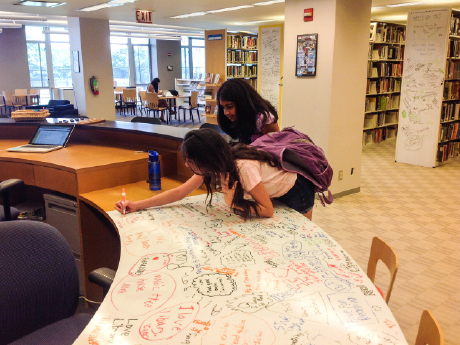
This article describes the shift in the role of libraries in the 21st century and the corresponding shift in the design and use of the physical library space. With increasing access to technology in schools, students no longer need the library simply as an archive of information. Instead, libraries can become spaces that encourage participatory,… Read More ›
Engaging Students: What I Learned Along the Way
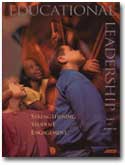
In this article a veteran educator shares insights about the importance of creating a positive classroom culture. The author encourages novice teachers to work to understand students’ perspectives to build relationships and foster engagement and learning. She asserts that through knowing students well educators can personalize the classroom experience and reflect on classroom activity to increase student… Read More ›
Measures that Matter Most

This report marks the first time the Next Generation Learning Challenges (NGLC) has asked their networks of innovators to lend their voices to a critical set of questions: how should NGLC go about measuring the success of an educational innovation? And what measures matter most? Next Generation Learning Challenges represents some of the nation’s most innovative… Read More ›
Exhibition Night at Pittsfield Middle High School: Where Students Take Ownership of Learning

On the evening of June 9th, anyone looking for a student in Pittsfield, New Hampshire would have found all of them together in one place – at school. It was Pittsfield Middle-High School’s annual Exhibition Night, where every student in the district gathers to share something that they have learned that year. The event offers… Read More ›
5 Big Ways Education Will Change By 2020
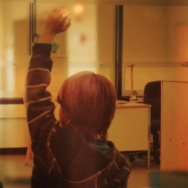
This article asks the world’s most innovative companies in education about the future of the classroom, and shares their predictions for the next five years. Some of the predictions include schools and classrooms in which students interact remotely with others, utilize more individualized learning, have a greater voice with opportunities for feedback, and feel respected. This article could be a… Read More ›
Digital Badging and Micro-Credentialing
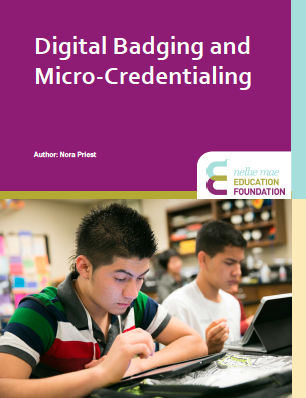
This paper explores what badging really represents for PK-12 educators dedicated to student-centered learning with the help of voices directly involved in badging and micro-credentialing and educators thoughtfully watching it. It reflects on the potential of using badging with students and with educators, as a strategy to transform professional development. The perspectives included in this… Read More ›
Students Take Charge
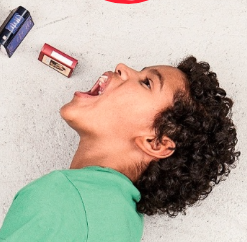
This article takes a look at two models of assessment in student-centered classrooms to find out what’s working. There are now hundreds of schools, dozens of districts, and at least 15 states actively striving for a student-centered learning system, but if kids are in charge, how do you know they’re learning? Since assessments can factor in… Read More ›
Seizing the Moment: Realizing the Promise of Student-Centered Learning
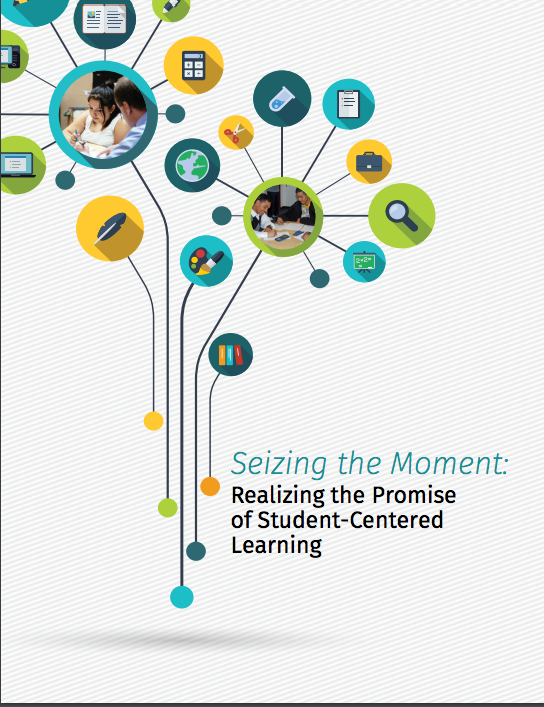
This policy brief presents a series of recommendations for building public will in support of student-centered learning, including policy priorities that can help to expand its practices more broadly at the local, state, and federal level. It incorporates profiles of schools and programs which illustrate the power of student-centered learning in action. A growing body… Read More ›
Defining and Visioning Blended Learning: The Learning Accelerator Goes Deeper
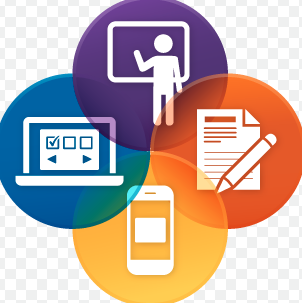
This article published by The Learning Accelerator (TLA), a national nonprofit organization that is, in their words, “seeking to transform K-12 education by accelerating the implementation of high-quality blended learning in school districts across the US through cultivating and funding the supporting ecosystem,” is an expansive, experience-informed vision for blended learning. Source Organization: Blended Learning Facts … Read More ›
Supporting Language & Content Learning in Math
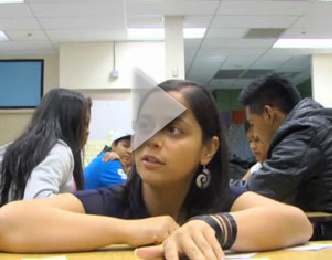
Patricia Segura, a 9th-grade English teacher at Fremont High School in Oakland, CA, allows viewers to spend a day in her classroom of “newcomer students.” A “newcomer student” is one who has lived in the United States for less than a year, and typically serve students from various grade levels. Segura walks viewers through the importance of supporting student… Read More ›
Author’s Purpose: Analyzing & Adapting Texts
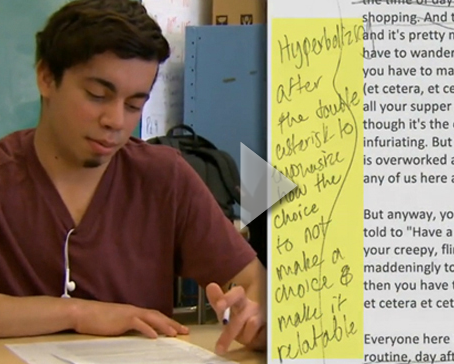
In this video, Sean McCombe, an AVID (Advancement via Individualized Determination) teacher, walks viewers through the process of Analyzing, Composing, and Performing literature—a method he uses in his classroom when assigning his students a paper or book to read. Source Organization: Teaching Channel
How to Plan and Create True Flexible Learning Spaces
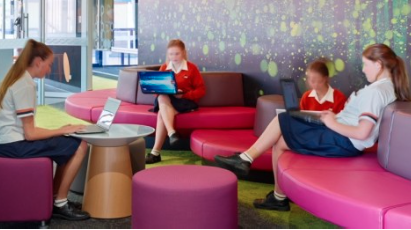
This article is part of a series on flexible learning spaces. Teachers who are moving to a blended learning paradigm soon realize that their traditional physical “classrooms” need modification. In most cases, traditional furniture in a traditional room with a whiteboard at the front doesn’t support any of the blended learning models. Thus, an organization that… Read More ›